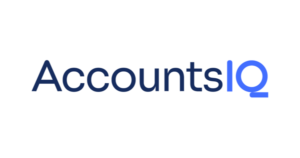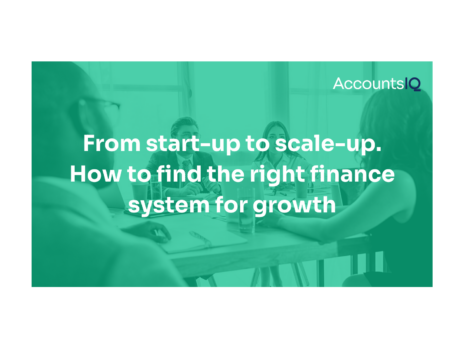
Though the pandemic undoubtedly exacerbated pre-existing issues within the finance function, inefficiency has always been an issue.
Digital transformation is badly needed if organisations want to weather uncertainty and change effectively, and there is an expectation that finance should be the lynchpin holding everything together.

In meeting shifting requirements, legacy technology is coming to be seen not only as inefficient, but actively harmful. The twin pressures of siloed workforces and more stringent regulation puts organisations in the position of facing sanctions, fines, or even wholesale collapse if they cannot keep up.
In practice, overreliance on legacy technology, such as on-premises data storage, fosters confusion within an organisation’s structure, which, in turn, can ripple out across the supply chain.
If, for example, an organisation’s accounts payable team is left swimming in paperwork and manual approvals, then there are implications for legal teams, sales and operations, prompting slower delivery for the customer and potential regulatory breaches if something has been missed.
Harnessing automation and digital transformation
Similarly, if staff are stuck doing manual tasks which could be better managed by automated workflow, digital document storage and advanced scanning technology, they will not be motivated to offer quality within their respective roles. The finance team is too often left to firefight because data is being captured for a wrong or different purpose.
With cloud-based apps, these pain points could be avoided at the point of data capture, simply by connecting the business apps in question and creating an automated data exchange with minimal labour, reduced chance of human error, mismatched information, or data gaps leading to problems further down the line.
According to Darren Cran, COO of financial management software company AccountsIQ, an organisation’s finance function, by its nature, needs to be agile in order to facilitate the successful and smooth conduction of business across all sectors.
“When thinking about the future, businesses need to consider new opportunities,” he says. “Potential additional locations or sites, new integration possibilities and reports. If a business is planning to expand overseas, it’ll need accounting software that can operate in multiple jurisdictions and handle multi-currency transactions. And if that business wants to add numerous subsidiaries, that accounting software also needs to handle consolidation with ease.”
For enterprises serious about digital transformation, future-proofing business operations is crucial. For Cran, this means choosing a suitably sized cloud system with the ability to scale, and moving all data storage away from on premises; educating decision makers, stakeholders and employees on the value of APIs, such as Making Tax Digital and open banking; automating the data capture process through workflow routing; connecting company bank accounts; and installing applications which allow for real-time reporting.
Take simple steps
Despite favouring small to medium-size cloud applications, Cran warns against using a system which is too basic or that dials into a hosted solution or across a VPN. Once the right system has been chosen, however, it can potentially be operational within a week.
Similarly, for the process of automating data capture, Cran recommends simple workflow routing for the sake of efficiency; using a central email to attach supplier invoices, for example, as well as OCR connectors in order to extract data. For more complex operations, over time payroll connectors can be added, as well as Point of Sale, CRM, and Power BI.
Perhaps most important to the process of future-proofing, however, is making sure that employees at all levels have the ability to view and report financial and business intelligence information to relevant team leads. That data has to be effective and viewable across multiple vectors, including by group, by company, by sector, area, department, project, or otherwise. Reports should also be visible in real-time from a cloud FMS, and centralised away from inefficient siloed practices like spreadsheets.
Other areas for improving productivity include: implementing purchase order procedures, approval workflow, expense capture, and a fixed asset register. All of these small future-proofing measures go toward making businesses more agile, their employees more efficient, and their ROI easier to measure.
“Focusing on automation in areas of your finance function like reporting, consolidation, expense management and accounts reconciliation helps to create efficiencies within the business as a whole,” Cran says. “These automated processes are key to improving productivity, saving company resources and allowing staff to spend more time on value-add tasks such as using information for growth strategies and initiatives.
“Your cloud accounting system should be accessible from anywhere through a browser, be fully hosted and backed up with regular product upgrades based on user feedback.”








